Popular on Food52
8 Comments
Rebecca K.
November 4, 2015
Feelin' kinda sad, seeing all those nearly inedible, tooth-breaking silver dragees all over the top of that chocolate cake.
Trinidad P.
November 3, 2015
Yup, instructions on how to remove the parchment paper would really be helpful.
pamb
November 3, 2015
I don't understand how you remove the parchment paper, especially if it's held in place by frosting underneath and cake on top.
GoodLuckIceland
October 14, 2014
I feel like there is much to be desired from this article. While the author made some good points like using parchment paper and making a crumb layer there were certain small but important tips that were left out. Vital for the beginner froster is to put the top layer of the cake on upside down so that you have a nice crisp edge. This was evident in the photo, but not the text. Second would be the actual frosting of the cake itself. You want to put a large amount of frosting on the top center of the cake and then work the frosting to the sides and over the edge.
Sarah B.
October 23, 2013
an alternative to wetting the offset to smooth the frosting (and avoid making the frosting too wet) is to quickly heat the offset over the flame of a gas stove. It slightly melts the frosting as it smooths and gives a very clean finish.
Sarah J.
October 21, 2013
I avoid making layer cakes for the sole reason that I'm terrified of frosting them. WIth this tutorial, I feel like I'm ready to take on the world.
bethan
October 21, 2013
Great tutorial, I had never thought of securing the cake with frosting before!
http://www.audacityoffood.co.uk/
http://www.audacityoffood.co.uk/
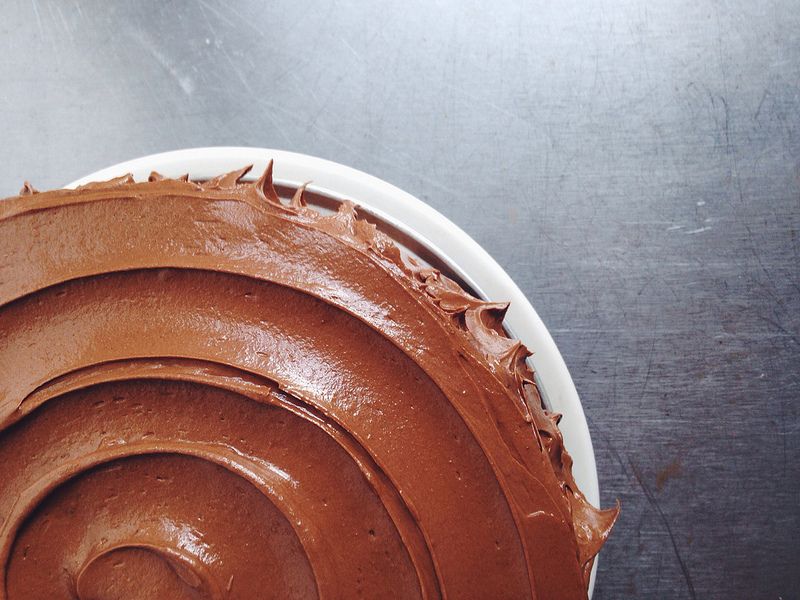
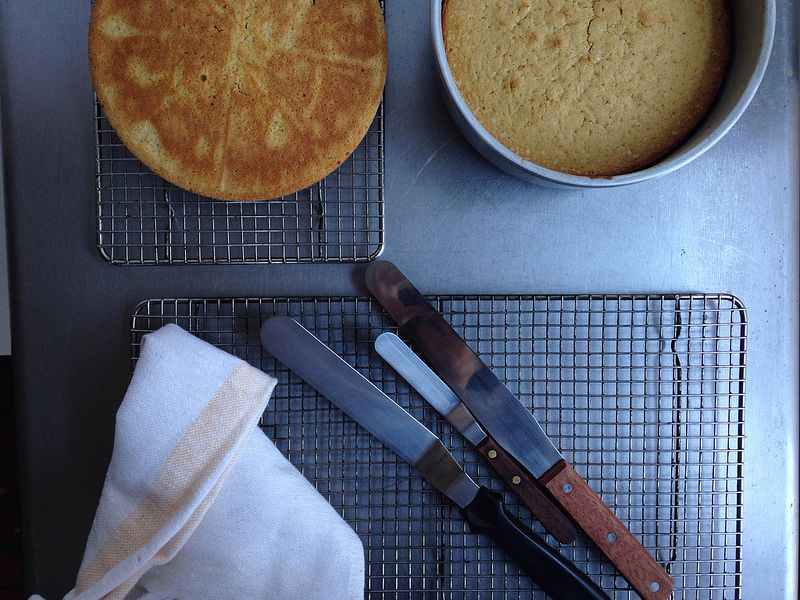


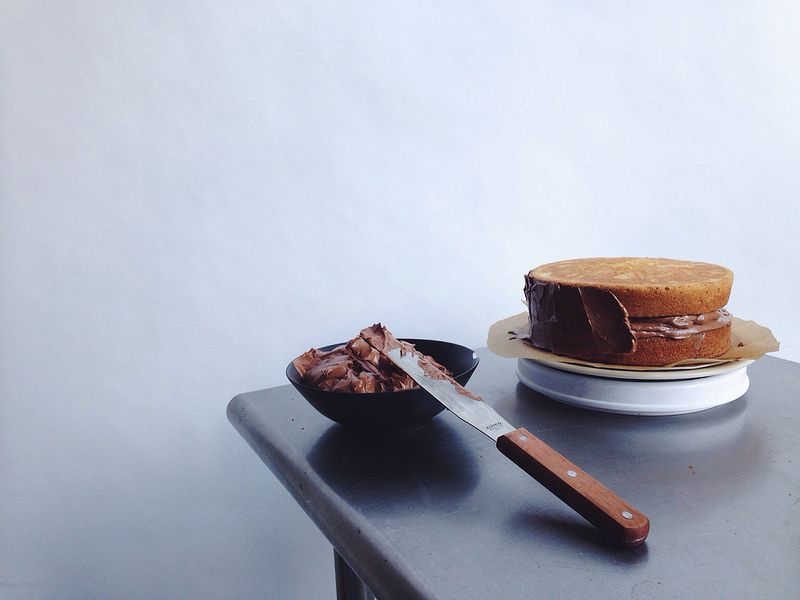
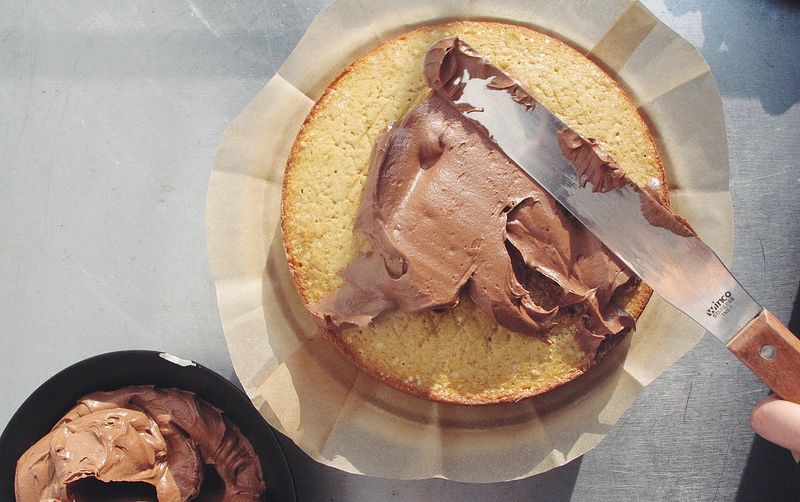
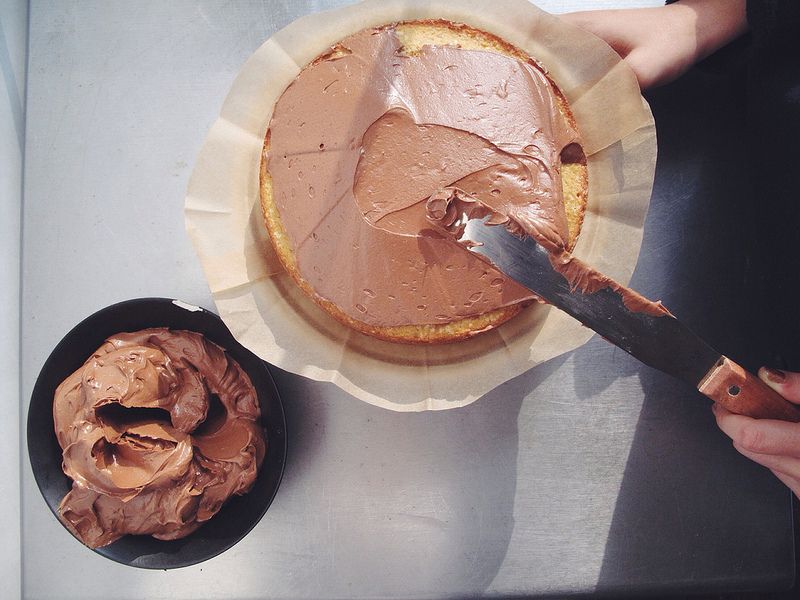

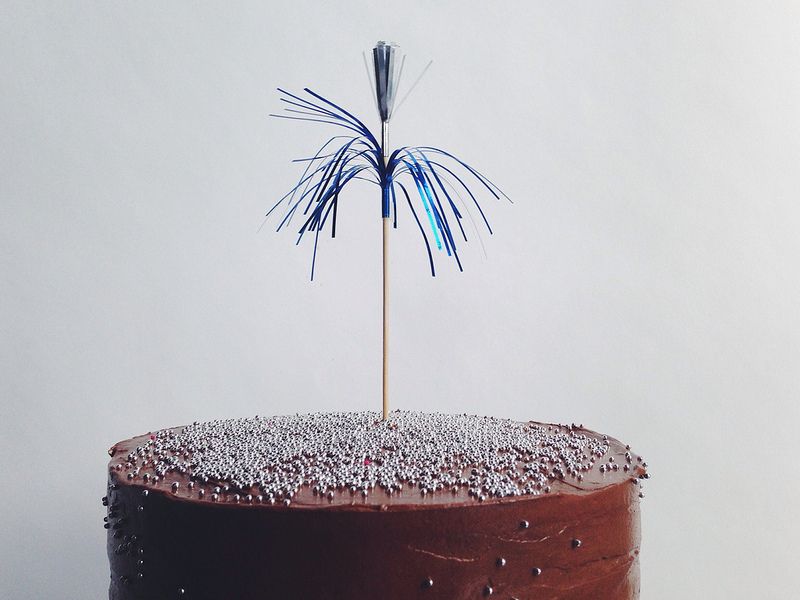

See what other Food52 readers are saying.